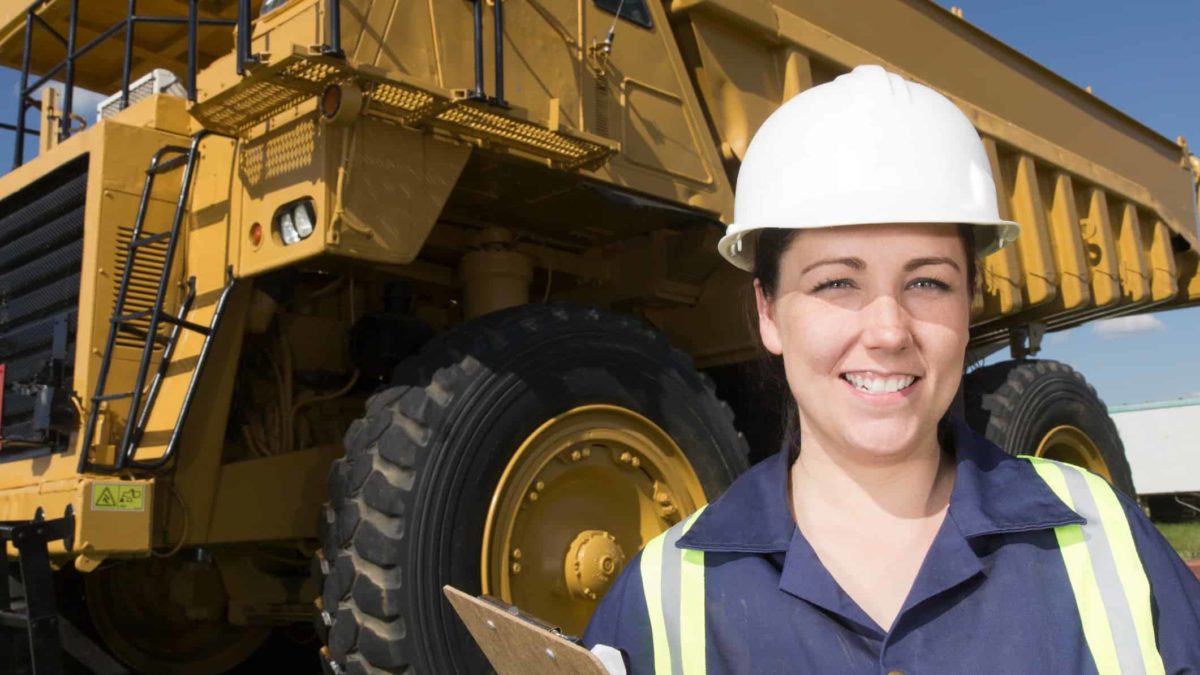The BHP Group Ltd (ASX: BHP) share price climbed by just over 9% in FY23, which compared to capital growth of just under 10% for the S&P/ASX 200 Index (ASX: XJO).
In the grand scheme of things, that's a very similar return between BHP and the ASX 200.
The ASX mining share had suffered a widespread market sell-off just before the end of FY22, so the business started FY23 at a relatively low valuation.
Let's have a look at what influenced the ASX iron ore share to finish where it did.
Strong recovery
In the first few months of the 2023 financial year, the business faced a lowering iron ore price, hurting profitability.
In the first half of FY23, the revenue fell by 16% to US$25.7 billion, while profit from operations dropped 27% to US$10.8 billion. Attributable profit fell 32% to $6.5 billion and operating cash flow fell 41% to $6.77 billion.
It was a tough first half as it seemed that China's economy was sluggish due to the COVID-19 lockdowns. The Asian superpower is a large buyer of BHP's iron – the iron ore division made more than half of the earnings before interest, tax, depreciation and amortisation (EBITDA) and EBIT, yet HY23 iron ore EBIT sank by around 33%.
However, while the iron ore price dropped below US$100 per tonne last year, it then climbed to above US$110 per tonne, which is where it currently sits, and this is seemingly helping the BHP share price.
The profitability of the business is heavily determined by where the iron ore price goes because the mining costs for 1mt of the commodity don't change much from month to month. But an increase in revenue is very good news because it's almost all extra profit, aside from paying more to the government.
During the year, BHP also bought the copper and nickel miner, OZ Minerals, to help boost its position in those two commodities – both important for decarbonisation.
Chinese iron demand remains resilient
While I can't say how long coal prices are going to be elevated, it's a good thing for BHP shareholders.
But, as I mentioned, BHP's key segment is iron ore. Some analysts thought that the iron ore price would drop as China's economy hasn't yet returned to full strength yet.
However, what may be significantly helping the iron ore price is that the Chinese steel mills are still using a lot of iron. Where is the steel going? It is being exported in much greater numbers to regions like Asia and Africa, according to reporting by Reuters, with a rise of steel exports of 41% year over year.
Solid profit projections
Investors often like to value a business based on the potential profit generation in the shorter term, which could have influenced how the BHP share price performed at the end of FY23.
According to Commsec, BHP ended the financial year with analysts expecting the ASX mining share to generate $4.33 of earnings per share (EPS) in FY23 and $4.20 in FY24. That puts the ending BHP share price for FY23 at 10 times FY23's estimated earnings and under 11 times FY24's estimated earnings.
Currently, the projection suggests that BHP could pay a grossed-up dividend yield of 8.5%.








